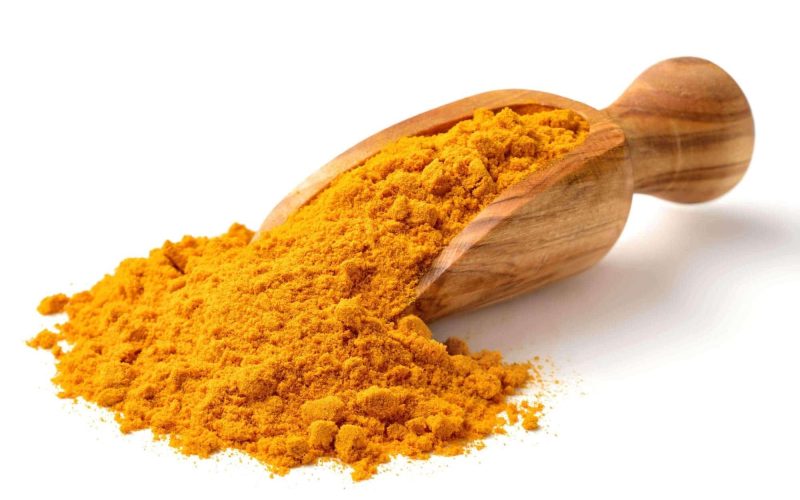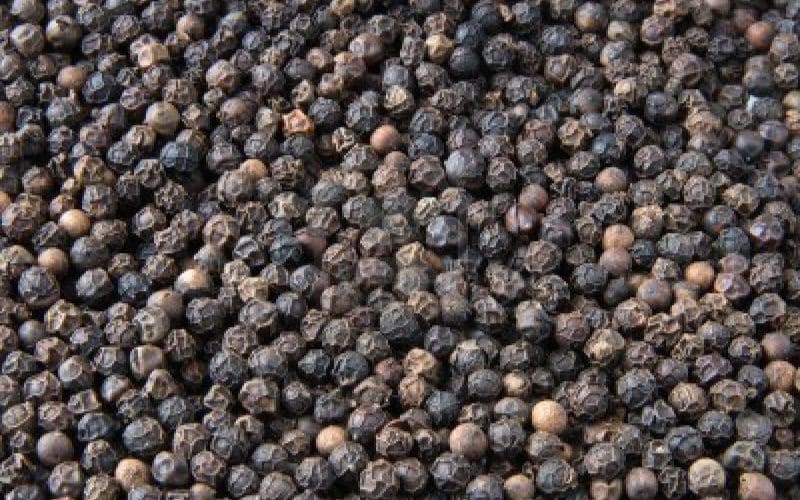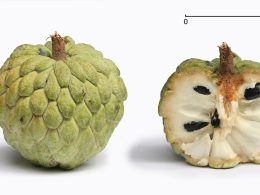Cayenne pepper is a very hot chili that belongs to the Capsicum family. People frequently cook with it to enhance the flavor of delicious dishes. Asides that, the nutrients in cayenne pepper has loads of health benefits.
Cayenne pepper is related to bell pepper and jalapeño. They are a staple in Mexican, Cajun, Southwestern American, and Creole cuisine. Dried and ground, this powdered spice features in most Asian cuisines.
Furthermore, practitioners of traditional Ayurvedic and Chinese medicines adopt the use of cayenne pepper in many ways, like helping to treat circulatory complications.
The peeper’s spiciness comes from an active ingredient known as capsaicin, which is available in many topical solutions for pains and aches in joints and muscles.
A tbs of cayenne pepper (5 grams) contains the following;
| Calories | 17 |
| Carbs | 3 grams |
| Fiber | 1.4 grams |
| Fat | 1 gram |
| Protein | 0.6 grams |
| Manganese | 5% of the RDI |
| Vitamin A | 44% of the RDI |
| Vitamin C | 7% of the RDI |
| Vitamin E | 8% of the RDI |
| Vitamin B6 | 6% of the RDI |
| Vitamin K | 5% of the RDI |
| Riboflavin | 3% of the RDI |
| Potassium | 3% of the RDI |
Benefits
Cayenne pepper has diverse health applications, and people may benefit from these by applying preparations that contain the active ingredient in the pepper (capsaicin) or by eating the pepper directly.
Capsaicin, the main ingredient in cayenne pepper, can help with the following;
- Relieving pain
- Easing itching
- Controlling weight
- Strengthening the nervous system
- Reducing inflammation
- Treating congestion and cold
There’s no scientific evidence to support the above uses of the pepper, but some studies have discovered compounds present in cayenne pepper can help in the following;
Easing symptoms of cold
People make use of cayenne pepper in home remedies for congestion, coughs, and to wade off colds. It’s been discovered that capsaicin helps to relieve physical symptoms such as stuffy nose, sneezing, congestion, especially when smoking or allergies aren’t the cause and post-nasal drip. Capsaicin helps by shrinking dilated blood vessels in the throat and nose.
A study last year involving 46 people found that nasal sprays containing capsaicin provided quick and sustainable relief from the symptoms mentioned above. Improvement was noticed almost immediately after use.
It was also discovered that cayenne pepper might contain antibacterial properties. Tests in the lab showed that cayenne pepper combatted “group A Streptococci,” a type of bacteria responsible for strep and other nasal or throat diseases.
To prepare a home remedy that has cayenne pepper, the following steps could be tried ;
- Add 1/4 teaspoon (tsp) of the pepper, one tablespoon (tbsp) of honey, 1/4 tsp of ground ginger, one tablespoon of apple cider vinegar, and 2 tbsp of water. Take the mixture using a teaspoon.
- Add Apple cider vinegar and cayenne pepper into hot water like you are making a tea, then sip to clear sinuses.
Nonetheless, there isn’t any scientific evidence to conclude that these home solutions are effective.
Promoting antioxidant activity
The antioxidants present in cayenne pepper include:
- Beta carotene
- Vitamin C, which also strengthens the immune system
- Choline
- Vitamin E
- Zeaxanthin
- Lutein
- A source of vitamin A known as Cryptoxanthin
(Cryptoxanthin is a type of pigment known as carotenoid and is responsible for making pepper red)
Antioxidants provide numerous health benefits by helping the body eliminate free radicals (toxic substances that, if too many, can cause harm).
Removing free radicals from the body may help prevent a wide range of health complications, including neurodegenerative diseases like Alzheimer’s, cancer, and heart disease. Although the body is able to give off some antioxidants, you can still get them from including cayenne pepper in your diet.
Relieving pain
The active compound in cayenne pepper, capsaicin, is said to have pain-receiving properties. A review published in the year 2016 discussed the application of this ingredient in cream to help reduce pain. The authors suggested that there may be benefits to widespread application.
Capsaicin can be used to help alleviate pain by minimizing the amount of (substance P), a chemical that sends pain messages directly to the brain. Ointments or creams containing 0.0125% pure capsaicin may be used to reduce tenderness and pain from osteoarthritis, according to a report.
People can benefit from applying the ointment or cream three times a day to the area where the pain is concentrated.
Nonetheless, some people who try this option of treatment experience a burning sensation.
Other studies suggested that oral application of capsaicin supplements can help elevate discomfort and pain in athletes.
Scientists are still trying to understand what dosage of capsaicin might be effective and how well it works. Another worry is that capsaicin may cause gastrointestinal discomfort in some people.
It may help to note that the research above refers to the medicinal uses rather than the dietary application of capsaicin.
Reducing hunger
Interestingly, cayenne peppers can be taken to reduce hunger by helping you eat less and and stretch the same time help you feel fuller for longer.
How this works isn’t completely understood, but it’s been confirmed that capsaicin go to reduce the production of hunger hormone known as ghrelin.
How it does this is not completely understood, but a study shows that people who eat foods that has capsaicin consumed less food than people who didn’t include capsaicin in their diet.
People who include capsaicin supplements in their diet ate 10 percent less, when people who drank beverages containing capsaicin are 16 percent less.
Controlling weight
Even though there isn’t conclusive evidence, some products that have cayenne pepper in them help to promote weight loss and improve metabolism.
One study found that taking 1 gram of cayenne pepper in a meal slightly maximizes core body temperature. This inevitably burns calories in the body. In other cases, people who consume cayenne pepper have less desire to eat sweet, fatty, or salty foods.
Scientists, in 2018, administered healthy volunteers a placebo, a 4-mg dosage, or a 2-milligram (mg) dosage made from capsaicin for 12 weeks. People who were on the higher dosage experienced a loss of nearly 6% in their body fat, compared to people who were on the placebo.
However, several other studies have looked at capsaicin combined with other active ingredients, so it has become challenging to identify the precise role of the pepper.
If more research suggests that capsaicin or cayenne helps the body to burn calories, then the pepper could become a healthy part of a weight management plan.
Easing skin conditions
Asides from helping to lose weight, capsaicin also has antibacterial properties that can help to protect the body from group A Streptococcus. These bacterial infections can affect the skin and soften tissues, promoting cellulite and impetigo.
A study in 2016 suggests that capsaicin present in cayenne pepper in patches form may help to minimize itching caused by skin conditions, which may include psoriasis and itching caused by dialysis (the process of purifying blood in individuals with damaged kidney).
Dietary tips
Cayenne can be taken with many savory dishes. It can be added to fish dishes, eggs, tacos, casseroles, pasta, Jollof rice, or some soups.
You could also try;
- Including the pepper to a spice mixture when preparing a curry, marinade, or a barbecue rub
- Adding cayenne pepper to vinegar, olive oil, and other ingredients when making a salad dressing
Some people include cayenne pepper in their lemon mix as part of their detox diet. While this is effective, there’s very little evidence to support the health benefits of this detox diet.
Risk of Cayenne pepper

The active ingredient in cayenne pepper (capsaicin) can irritate the digestive system. Since cayenne can make food spicy, it can also be unsuitable for individuals with;
- IBS (Irritable bowel syndrome)
- GERD (gastroesophageal reflux disease)
Unpleasant reactions can be triggered by many foods in some people, but many researchers conclude that allergy of cayenne pepper is rare.
However, to stay on a safer side, it is critical that you seek medical attention immediately if swelling, hives, or difficulty in breathing is experienced after eating the pepper. An allergic reaction could result in anaphylactic shock, and this could be life-threatening.
You may also want to meet with your medical doctor if you’re going to consider using capsaicin.
Summary
Cayenne pepper is packed with capsaicin, a natural compound that gives it its burning taste. Capsaicin can be used in many ways.
However, the evidence for this is only limited to studies from the compound in creams or ointments and supplements — including cayenne pepper to your diet may not have the same effects.
Nonetheless, many people enjoy the feel that cayenne pepper adds to delicious foods, and the antioxidants present in the pepper may help the body fight against many diseases.
Do you use cayenne pepper to cook? What are the obvious changes you’ve experienced using the pepper? Share your experiences with us in the comment section below.










Nice article about Cayenne Pepper. In addition Cayenne also helps in facilitating the absorption of nutrients in the body. You can follow us for more information and also order for cayenne pepper in Nigeria from our instagram store – @arislifecare